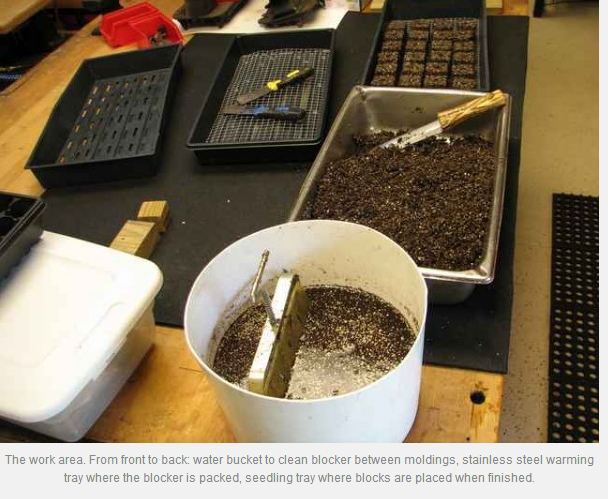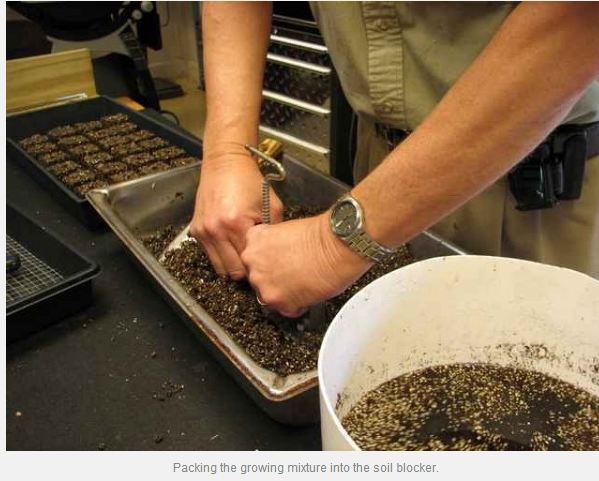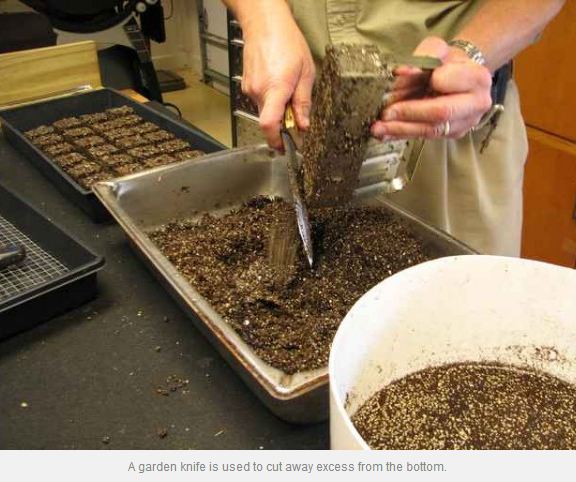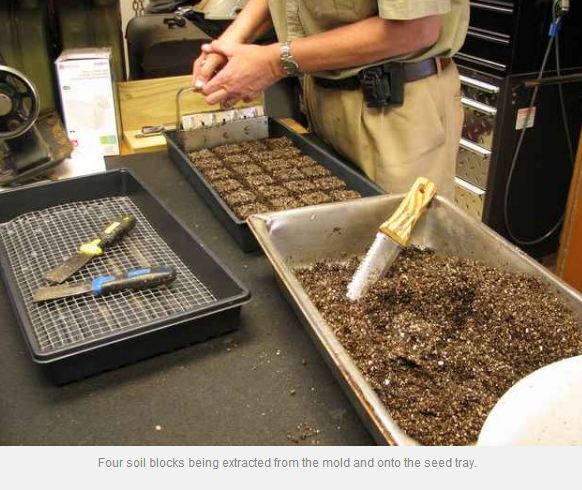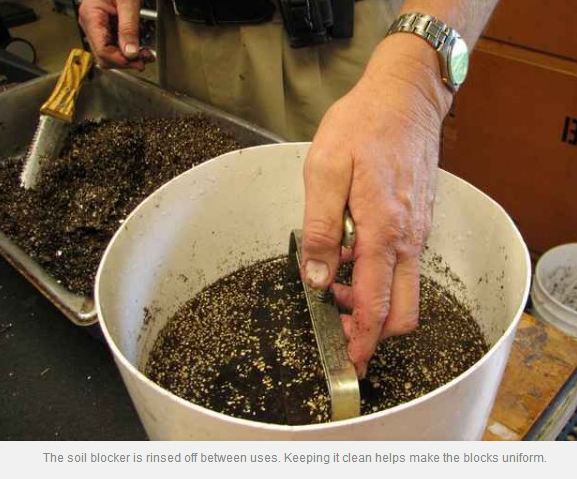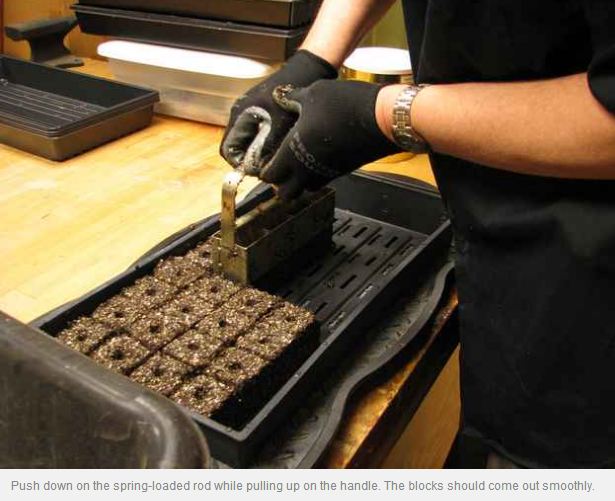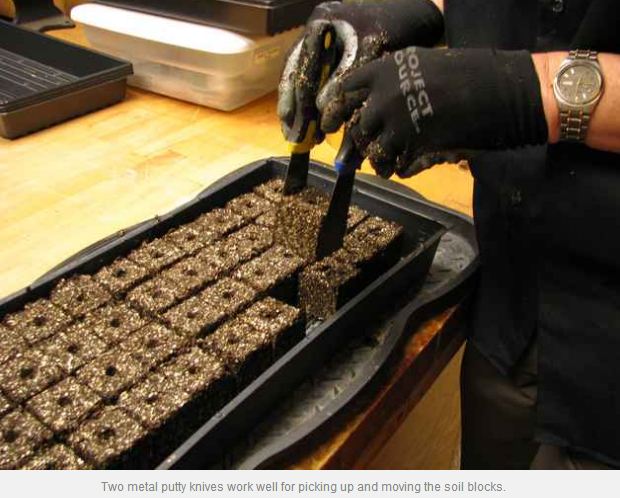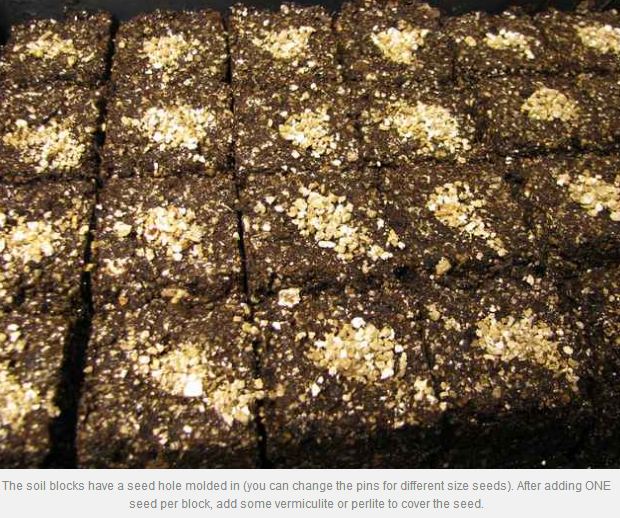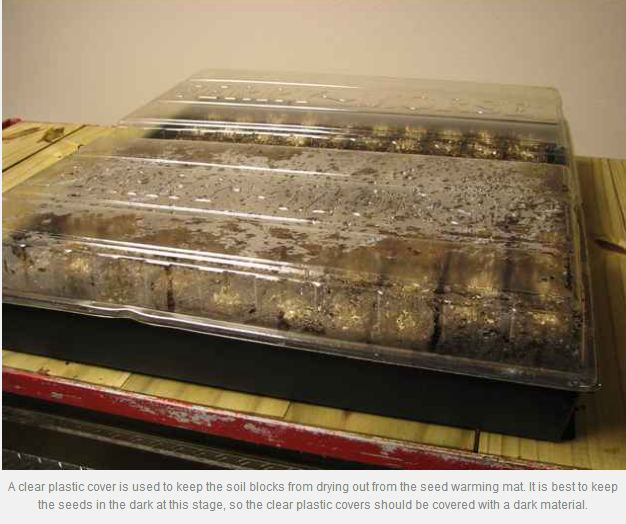Here’s a few of the things I’ve found interesting in resilience this week.
Make your own soil blocks for seed starts. Stephen M. sent me info his block technique. It’s pretty simple and the results speak for themselves. Here’s more detail.
Can’t find a place to grow food? You aren’t looking hard enough. There are lots more community gardens out there than you realize. Here’s an example from the Boston Area (click here for an interactive map).
Don’t give up on food quality. Take control. This is from Cathy R (via GFNL):
“We’ve always loved to garden, but it recently became essential to my family’s health. My daughter and husband cannot eat gluten, a protein in grassy cereals like wheat and barley. Their gluten-free diet goes beyond avoiding breads and pastas, as gluten shows up in many unexpected foods, and gluten cross-contamination is common. We’ve learned that we can no longer trust food labels – the FDA has yet to set a standard for accurate gluten-free labeling of foods, and my family has been sickened from foods that, although “naturally gluten free” (like fruits and vegetables), were cross-contaminated with gluten in production facilities. To provide safe and nutritious meals for our family, we garden year-round in plant hardiness zone 6b, using low tunnels to extend the season. Each year, we produce at least a ton of produce from our backyard garden, which is less than a tenth of an acre in size. Many people use Hippocrates’ quote, “Let thy food be thy medicine” – for us and others with Celiac disease or gluten sensitivity, we live it every day, every meal.”
Here’s here home’s garden:
Cheap heating and cooling for your home? If you use well water, you may be able to take advantage of super efficient geo-exchange heating/cooling.
One of the best ways to heat and cool and home is a ground loop heat pump. What is that?
It’s simply a heat pump that doesn’t use outside air to exchange heat. Instead, it uses a loop of fluid to exchange heat with the earth around your home, and the heat pump is located inside your basement/garage.
The advantage of this set-up is that the earth stays at a constant temperature nearly all year round at a depth of 6 feet and below. This means that it’s always operating at nearly peak efficiency. In contrast, the heat pump that uses outside air becomes an energy hog when temperatures drop too low or climb too high.
The problem with ground loop heat pumps is the cost of the loop. Typically, you have to dig out a trench or swimming pool sized hole in order to put down the flexible piping. That can be terribly expensive.
An easier, extremely efficient, and little used solution is to use an existing well. In this approach, well water is pumped out of the well, circulated through the heat pump and then dumped back into the well. Of course, there are some caveats, but it’s a much less expensive way to build a ground loop.
I’ll have more detail and exploration of this in a future Resilient Strategies report.
Until next week.
Resiliently Yours,
JOHN ROBB

